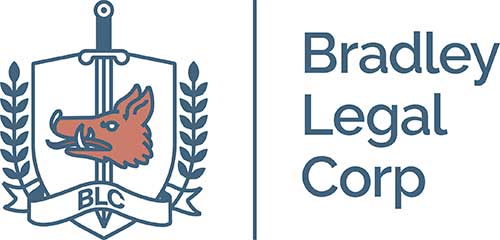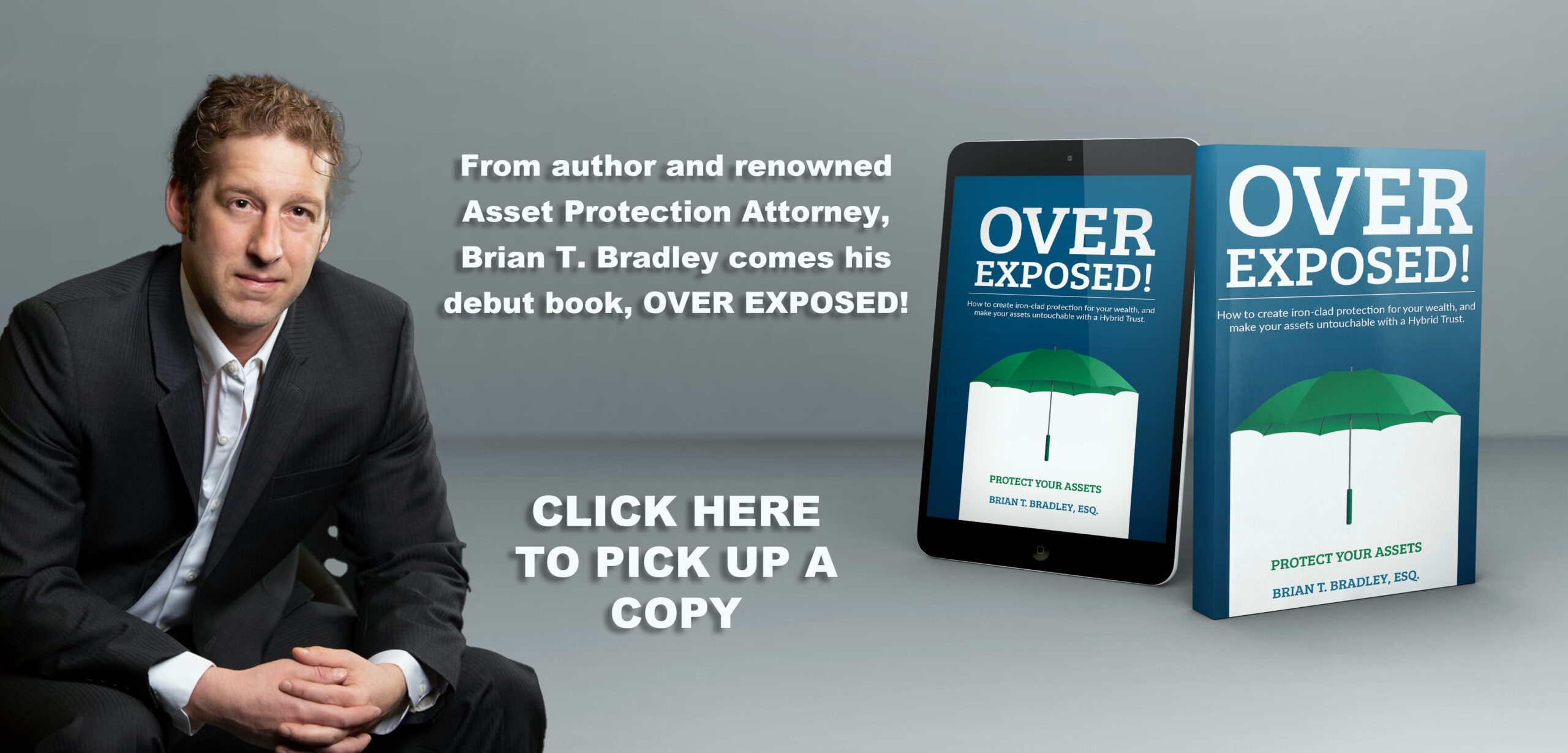I was talking to a very popular podcast host Lane Kawaoka, the host of Simple Passive Cash Flow and his mastermind group. During this event a very good question was asked. I was asked my general thoughts on equity stripping as a form of asset protection, how it works and when to do it.
This is a great question and has many moving parts. When we are piecing together all the different layers and options of asset protection strategies, equity stripping is another advanced form of asset protection. This is particularly so when you have equity in an asset or a property.
Equity Stripping is the Last Piece
Equity strategic planning is a very easy concept to understand. But it is the last piece of the pie in the asset protection planning. What we are doing when equity stripping is removing the equity or the value of the asset. The objective of the lien is to discourage potential predators aka creditors from pursuing the asset because of a lack of equity. The property is encumbered making it les attractive. But this is generally the last step. And it should only be considered as a last resort.
The asset protection system that you built up before hand, if done correctly, generally should be enough. Even against super creditors like the IRS or SEC. For our clients using The Bridge Trust or a purely Offshore Asset Protection trust, those are generally enough in and of themselves.
Understanding Jurisdiction
So to understand Equity planning you need to first understand jurisdiction and how jurisdiction relates to asset protection trusts. And especially offshore asset protection trust like the Cook Islands. This is because they are part of the equity structure plan.
It’s more important to have the offshore asset protection trust, or the hybrid Bridge Trust in place before hand instead of just running off and stripping equity. This is because if you have the pieces and system in place before hand, like the offshore trust then very rarely do you ever have to actually strip the equity. The offshore trust or bridge trust is already strong enough with statutory nonrecognition.
How Equity Stripping Works
Now, if you already have the asset protection trust set up, and you are in the position where equity stripping is determined to be necessary, the way equity stripping would work if all hell broke loose would be like this.
The LLC which holds your Real estate in would be held inside what is called an AMLP an (Asset Management Limited Partnership aka a Family Limited Partnership). That AMLP is owned by your Cook Island Offshore Bridge Trust or Fully foreign trusts. What you have already done is layered protection and created more separation and used the strongest jurisdiction, the Cook Islands.
In the end, all of the equity is already in the Asset Protection Trust, and because the equity is already VERY HARD to reach and very well protected by being backed by statutory nonrecognition at this point, with just this structure alone, you very rarely need to equity strip.
Needing to actually strip equity is a very rare thing when you have a properly drafted overall system already in place. It is the strength of the system that forces threats to go away or settle very fast for pennies on the dollar.
Friendly Liens
If they don’t go away, or all litigation hell breaks loose, we are talking about the worst-case scenario, if we ever do need to actually strip out the equity, it can be done with conventional lending through a bank. Sometimes by that point traditional bank financing is no longer available. In that case we have access to domestic and offshore lenders who will LEND up to 90% of the value. But the Interest rates are going to be possibly higher. But at this point, if you are going down this road, your only concern is getting the equity protected.
Need to be backed by exchange of reasonable consideration
While validly recorded and executed, liens do have great deterrent power. However they have to be backed by a real exchange of value. If you have set up a Wyoming LLC with your friend that holds a lien on your home for most of its value, there needs to be documentation available to support the exchange or “consideration” received – roughly equal to the amount of the lien. The challenge that you might face is that if you were to file a “friendly lien” without reasonable consideration, you are probably running afoul of your state’s fraudulent conveyance laws.
Under these laws, a transaction that is taken to hinder, delay or defraud creditors can be declared void. Fancy language saying it is undone. The IRS also does not look very kindly on “friendly liens” to prevent or delay levying fins against an individual’s real estate. Remember, you are filing a legal document with a government agency saying there is a valid lien against your home. Though there are occasions where a “friendly lien” is a legitimate strategy for protecting property, in most cases it is just smokescreen.
Common Problems
What I see one of the problems being is that clients call with an LLC and tons of equity sitting in that LLC. Hundreds of thousands, and in most cases million’s of dollars in equity. These clients either want to jump steps and go straight to equity stripping when it is not necessary, or they want the equity structure without all the pieces of the pie together that are needed for it to actually work. Without the offshore component. You need the offshore component for an equity structure to work. Simply because you need to place that equity in to something strong, and somewhere safe that the U.S. legal system cannot reach.
It is important to understand that for asset protection to work, the fundamental purpose of the legal tools employed is to not hide personal or business assets nor to deprive the U.S. Government of taxes. Rather, it is to shield assets from unforeseen attacks.
The takeaway from this is that to equity strip and protect your equity you also have to have the working parts and systems in place first. Do not think that you can just jump steps. The other takeaway is that MOST of the time, the system itself will get the job done before you have to go to the final stage and equity strip with a “friendly lien.” At the end of the day you need to put the equity somewhere safe, you need the Offshore Cook Island Trust in place first. The equity planning is the last play if all hell breaks loose.
By: Brian T. Bradley, Esq.
HNW – Asset Protection Attorney as featured on:
Simple Passive Cash Flow
https://www.youtube.com/watch?v=-omB8-jY_7k
Old Dawg’s REI Network
Next Level Physicians:


Recent Comments